FORT CARSON, Colo.-Flying at high altitudes and dealing with rugged terrain conditions can be a challenging endeavor for any pilot or crew chief, especially in a combat theatre like Afghanistan.
From now until March, Soldiers of the 1st Air Cavalry Brigade, 1st Cavalry Division, are training in the high altitude, mountain environment near Fort Carson, Colo.
"Many of our experienced aviators have deployed to Iraq on numerous occasions but have not seen Afghanistan yet," said Maj. Sean Huggins, the brigade operations officer, from Lafayette, La. "This training will enhance their skills to be able to become better aviators and crew members while flying in a rigorous mountain environment at high altitudes."
Huggins touched on the challenges the pilots and crew chiefs may encounter in an environment similar to the one they will see once they deploy to Afghanistan later on this spring.
There are several factors that pilots have to contemplate before they execute their landings or approaches in this type of environment, he said.
"Pilots must be able to adapt to the higher altitudes, deal with the varying wind factors, and be able to maneuver in confined areas," said Huggins.
In addition, one crew chief saw the benefits and challenges this training presents.
"I think this training is extremely beneficial for all of the crew chiefs out here," said Spc. Brett Nutter, originally from Palmdale, Calif.
Crew chiefs can essentially serve as an extra set of eyes for the pilots, and Nutter sees that role to vital once the pilots and crew chiefs of the brigade are confronted with the vast terrain features of Afghanistan.
"It really gives us a realistic perspective of what terrain features we will be visually scanning in Afghanistan," said Nutter. "As a result, we can be of better assistance to our pilots."
Furthermore, the challenges of flying at high altitude supersede the human element.
"You have a reduction in aircraft capability in regards to engine power due to the high altitudes we are flying at," said Chief Warrant Officer 5 William Ham, the brigade's standardization officer, from Mapleton, Iowa.
The handling characteristics of the aircraft change due to the reduced air pressure, said Ham. It takes longer to execute certain maneuvers at 10,000 feet compared to flying at sea level.
"Essentially, the intent of this training is to get the pilots to think way ahead of the helicopter," said Ham.
"I have more confidence in our pilots' abilities now," said Nutter. "At the same time, I feel like I will be more of an asset to them as a crew chief once we deploy."
Huggins saw a somewhat broader picture in his assessment.
"In my sixteen years experience as an aviator, this is by far the most demanding and the most rewarding training I have been a part of," said Huggins.
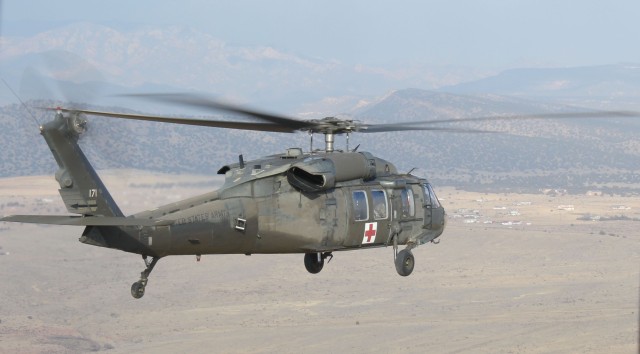
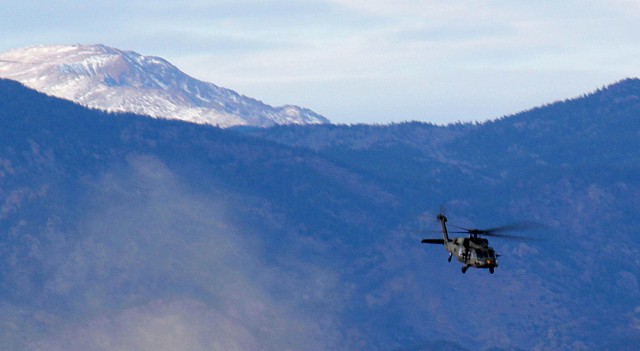
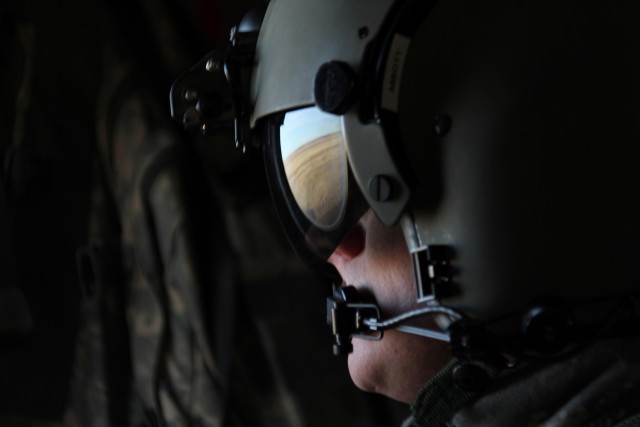
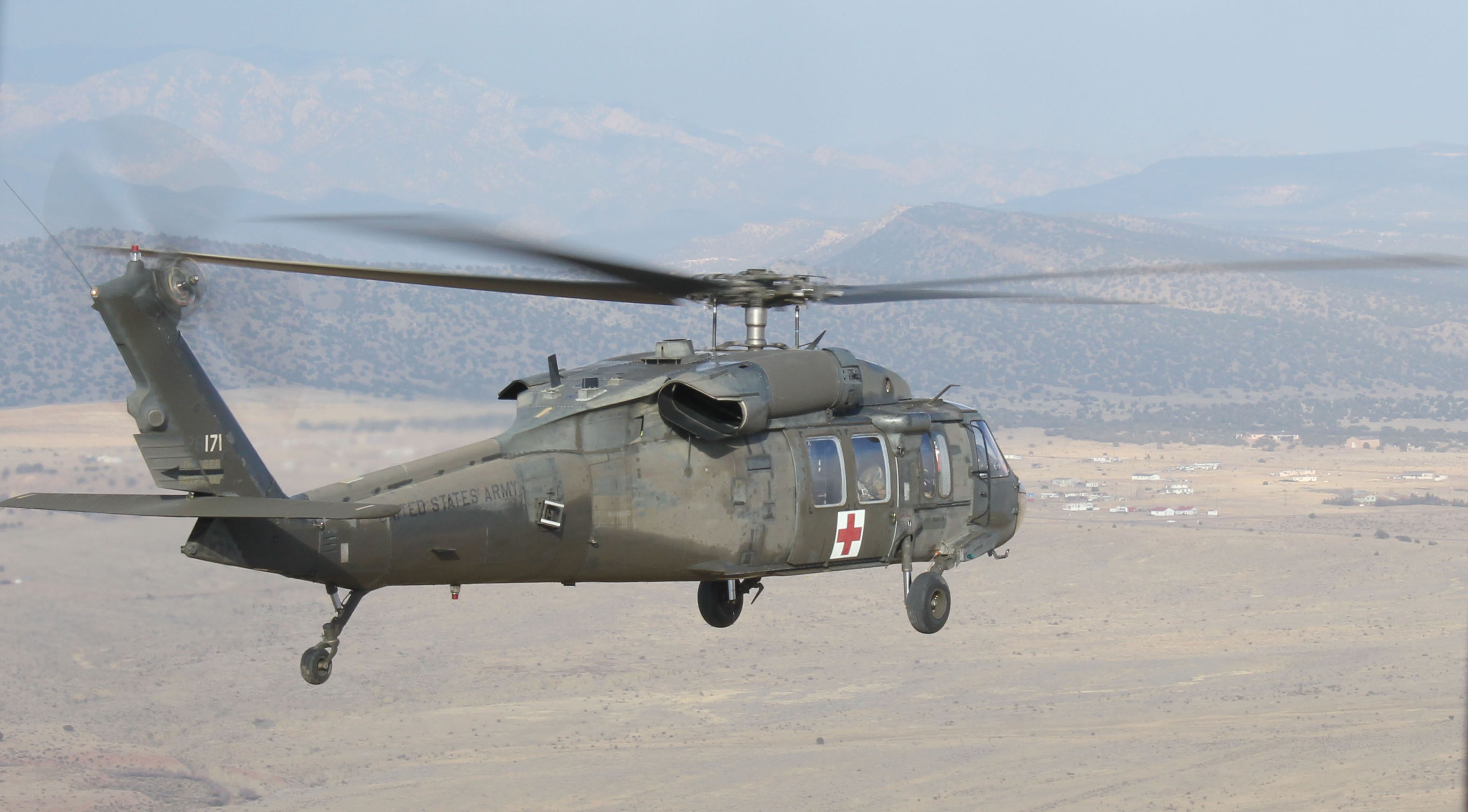
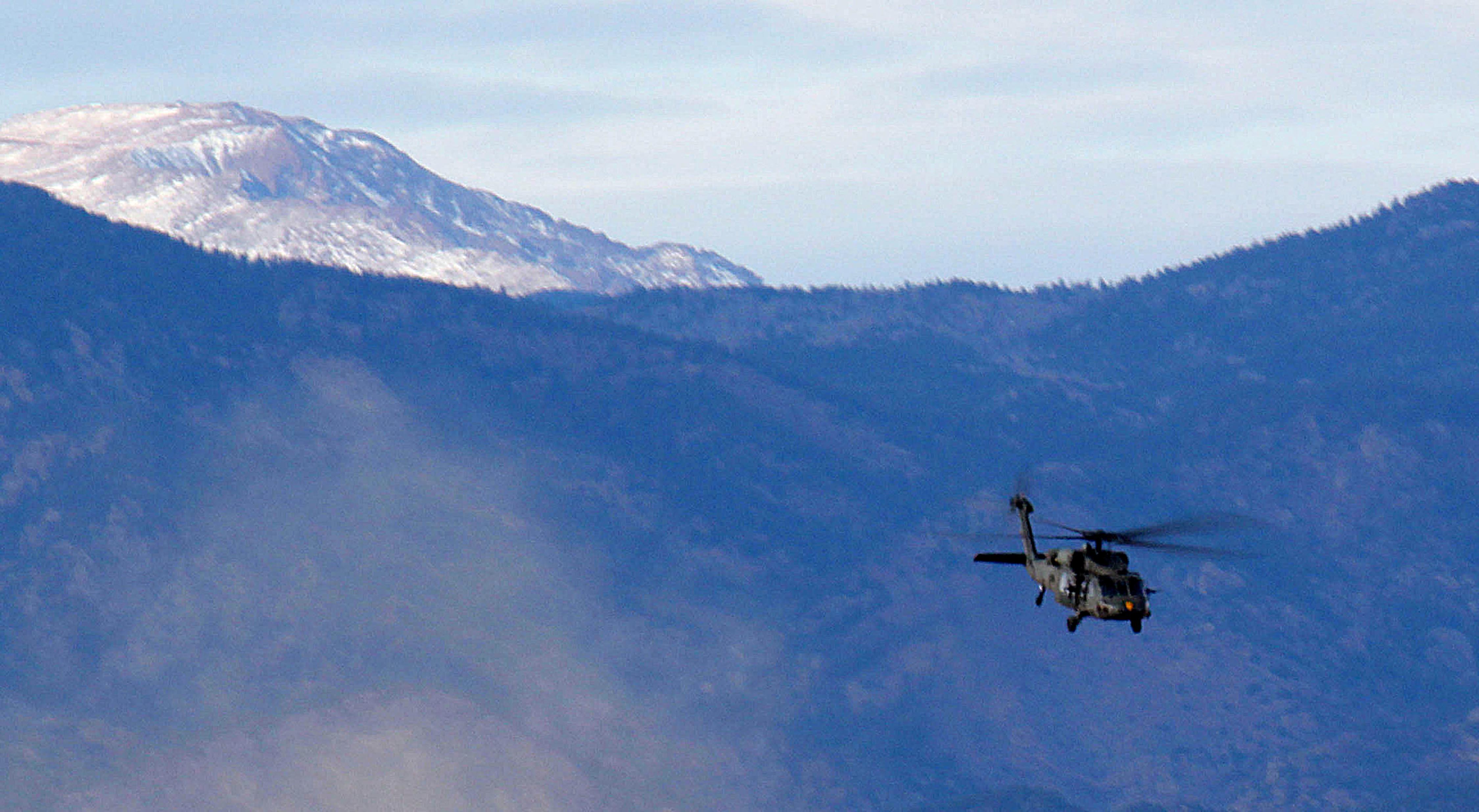
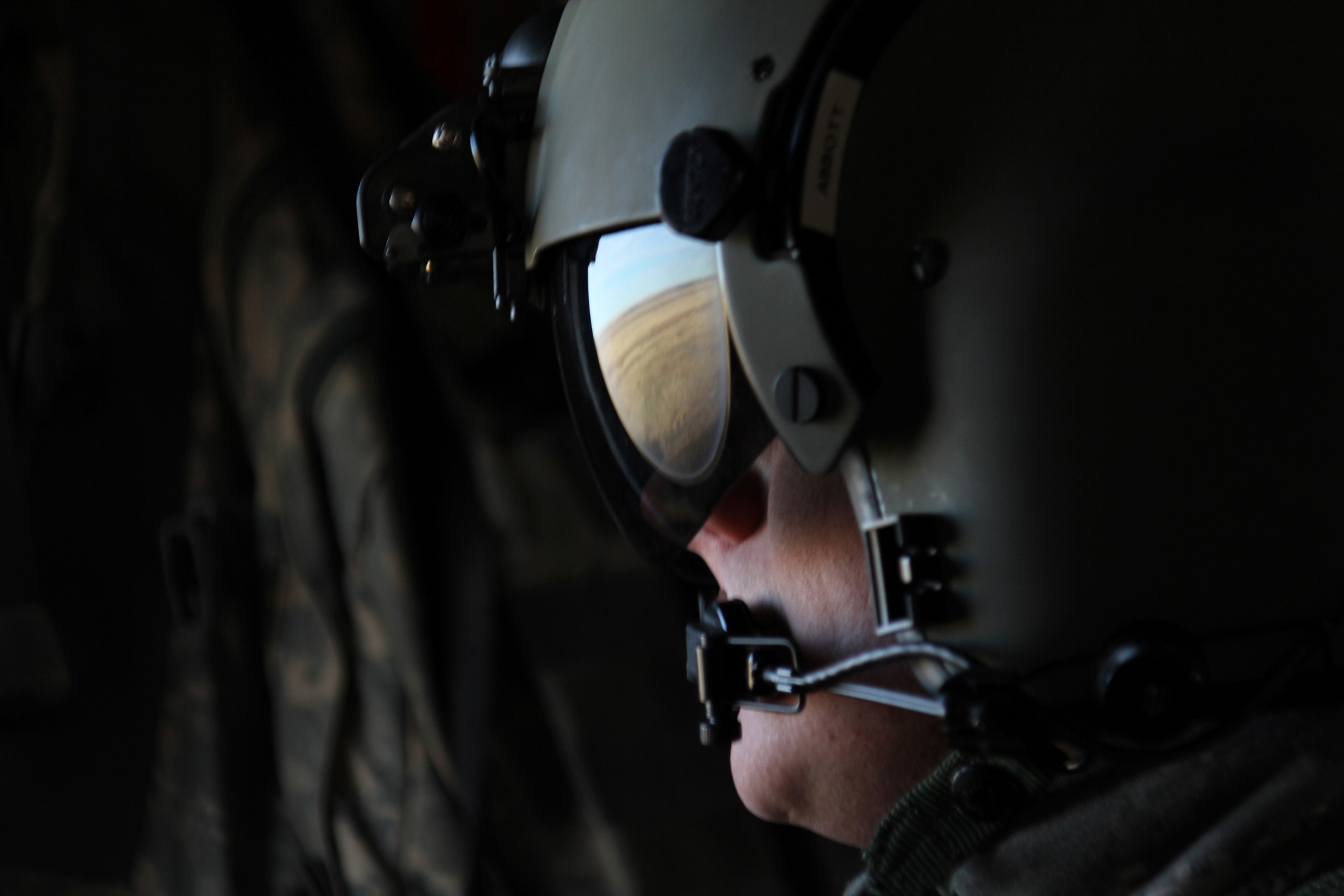
Social Sharing